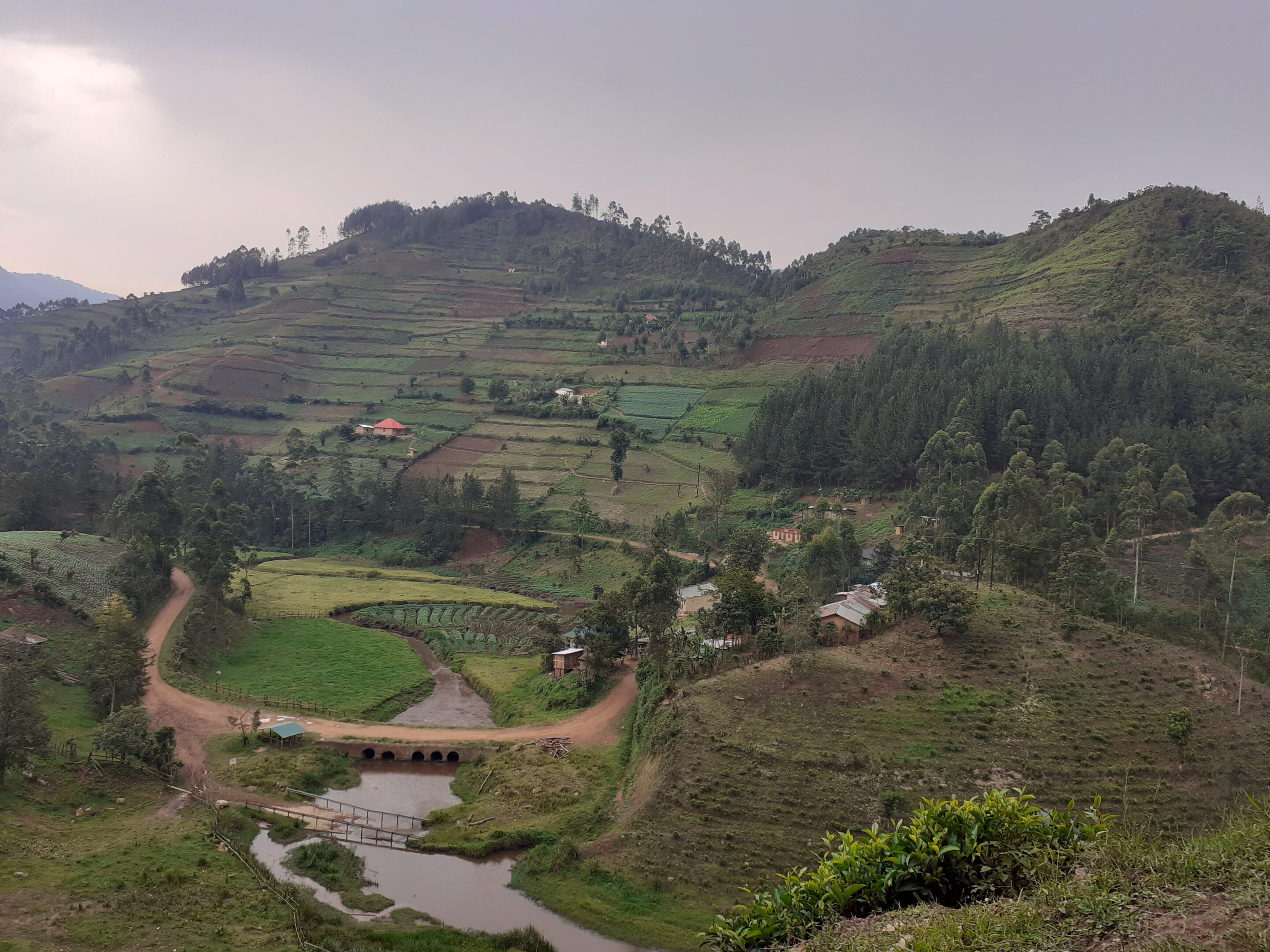A new international study published in Nature Climate Change highlights the serious impact of climate shifts on African mountain farmers and showcases their resilience through adaptation strategies.

Mountains on the Frontlines of Climate Change
According to researchers, mountain regions experience climate change more intensely than lower-altitude areas. Rising temperatures, shifting rainfall patterns, and extreme weather events are threatening food production, water availability, and local livelihoods.
"Mountains are the sentinels of climate change," explains Professor Julia Klein of Colorado State University, a co-author of the study. "We are seeing rapid warming, melting glaciers, and more extreme weather. What happens in mountain regions is a warning for the rest of the world."
Despite the growing global awareness of climate change, there has been limited data on how it specifically affects Africa’s mountain regions. To address this gap, researchers interviewed 1,500 farmers across 10 African mountain regions, including Uganda, to document their experiences and adaptation strategies.
How Ugandan Farmers Are Adapting
Many Ugandan farmers are implementing innovative methods to cope with the changing climate. In the Kigezi highlands, farmers are diversifying their livelihoods by planting small tea plantations and maintaining woodlots, which help to improve soil health and reduce the effects of unpredictable weather.
The study found that across the region, farmers are responding to climate changes by:
- Altering planting dates to match shifting rainfall patterns
- Growing new crop varieties that are more resilient to drought and disease
- Using soil conservation techniques like mulching and terracing
- Increasing reliance on fertilizers and pesticides to boost yields
- Investing in veterinary care to protect livestock from climate-related diseases
While these strategies help farmers maintain productivity, most of them involve incremental adjustments rather than large-scale changes in livelihood. Wealthier households tend to have more options, as they can afford to experiment with multiple adaptation strategies.
Challenges Facing Mountain Farmers
Despite their efforts, farmers face significant barriers to adaptation. Limited access to credit, training, and markets makes it difficult to invest in long-term solutions. In some areas, government policies unintentionally hinder adaptation efforts. For example, in Rwanda, authorities encourage the cultivation of maize and beans but discourage drought-resistant crops like cassava and sorghum, which local farmers consider better suited to the changing climate.
In parts of Cameroon and the Democratic Republic of Congo, ongoing conflicts restrict market access and economic opportunities, further complicating adaptation efforts.
A Call for Action
Experts stress the need for governments and development organizations to involve farmers in designing climate adaptation policies. "People are taking action to adapt as best they can, but they face challenges—often from policies made by decision-makers who do not fully understand their local realities," says Klein.
The study recommends co-designing solutions with local communities and increasing support for programs that provide climate-resilient seeds, financial credit, and technical training.
"In most African mountains, there are no meteorological stations or long-term records of crop yields," explains lead researcher Aida Cuni-Sanchez. "But just because changes haven't been officially recorded doesn't mean they aren't happening. We must take farmers' knowledge seriously as a living record of climate change."
For Uganda’s mountain farmers, adaptation is not just about survival—it is about ensuring a future for the next generation. As climate challenges intensify, the country must prioritize investments in sustainable farming, infrastructure, and climate education to help farmers thrive in an unpredictable environment.
References:
Cuni-Sanchez, A., et al. (2025). Perceived climate change impacts and adaptation responses in ten African mountain regions. Nature Climate Change. DOI: 10.1038/s41558-024-02221-w.

